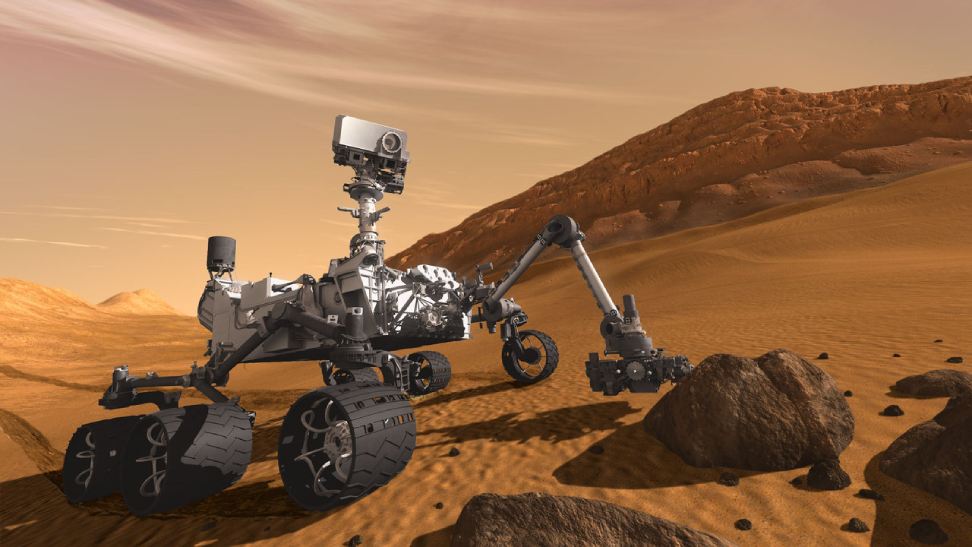Peterexch, Dhoombet, Go999exch: Mars, the enigmatic Red Planet, has long captured the imagination of humanity. As we endeavour to send humans on the journey to Mars, we are faced with a multitude of challenges. One of the primary obstacles is the immense distance between Earth and Mars, which can result in communication delays of up to 20 minutes. This poses a significant risk as real-time communication with the mission control center becomes impossible, leaving astronauts to make split-second decisions without immediate guidance.
Furthermore, the long duration of the journey to Mars, which can take anywhere from six to nine months, presents a host of physical and psychological challenges for astronauts. Extended periods of weightlessness can lead to muscle atrophy and bone density loss, while the isolation and confinement of space travel can take a toll on the mental well-being of crew members. Mitigating these risks through innovative technologies and psychological training will be crucial for the success of any future manned missions to Mars.
Robotic Missions: Exploring the Red Planet
The exploration of Mars through robotic missions has provided invaluable insights into the planet’s geology, atmosphere, and potential for sustaining life. Through the use of advanced technology and scientific instruments, rovers like Curiosity and Perseverance have been able to traverse the rugged terrain of Mars, sending back stunning images and important data to Earth for analysis. These missions have revolutionized our understanding of the Red Planet and laid the groundwork for future human exploration.
One of the key advantages of robotic missions to Mars is the ability to minimize risk to human life while still collecting crucial information about the planet. These spacecraft are equipped with cutting-edge cameras, spectrometers, and other instruments that can detect signs of past or present Martian life, as well as assess the planet’s potential habitability. By continuing to send robotic missions to Mars, scientists hope to uncover more mysteries about the planet and pave the way for eventual crewed missions to this fascinating world.
Potential for Finding Life on Mars
Fun999exch, Goldbet7, Exch247: One of the most captivating aspects of exploring Mars is the possibility of discovering evidence of past or present life on the red planet. Scientists are particularly interested in searching for microbial life forms that could provide invaluable insights into the potential habitability of Mars. The presence of liquid water in the past and the discovery of organic molecules has fueled optimism that Mars may have hosted life at some point in its history.
The search for life on Mars is a complex and challenging endeavor, requiring sophisticated instruments and technology to analyze samples collected from the planet’s surface. Scientists are investigating areas that have shown signs of potential habitability, such as ancient lake beds and regions with evidence of volcanic activity. By employing a variety of scientific methods and techniques, researchers aim to decipher the mysteries of Mars and determine if the planet could have supported life in the past or if it still harbors any microbial organisms today.
What are some of the challenges of sending humans to Mars?
Some of the challenges of sending humans to Mars include radiation exposure, isolation, long duration space travel, and the need for life support systems.
How are robotic missions helping in exploring Mars?
Robotic missions are crucial in exploring Mars as they can gather valuable data, take images, collect samples, and conduct experiments without risking human lives.
Is there potential for finding life on Mars?
There is potential for finding life on Mars, as scientists have discovered evidence of past water on the planet, which is a key ingredient for life as we know it. Further exploration is needed to determine if any form of life currently exists on Mars.

